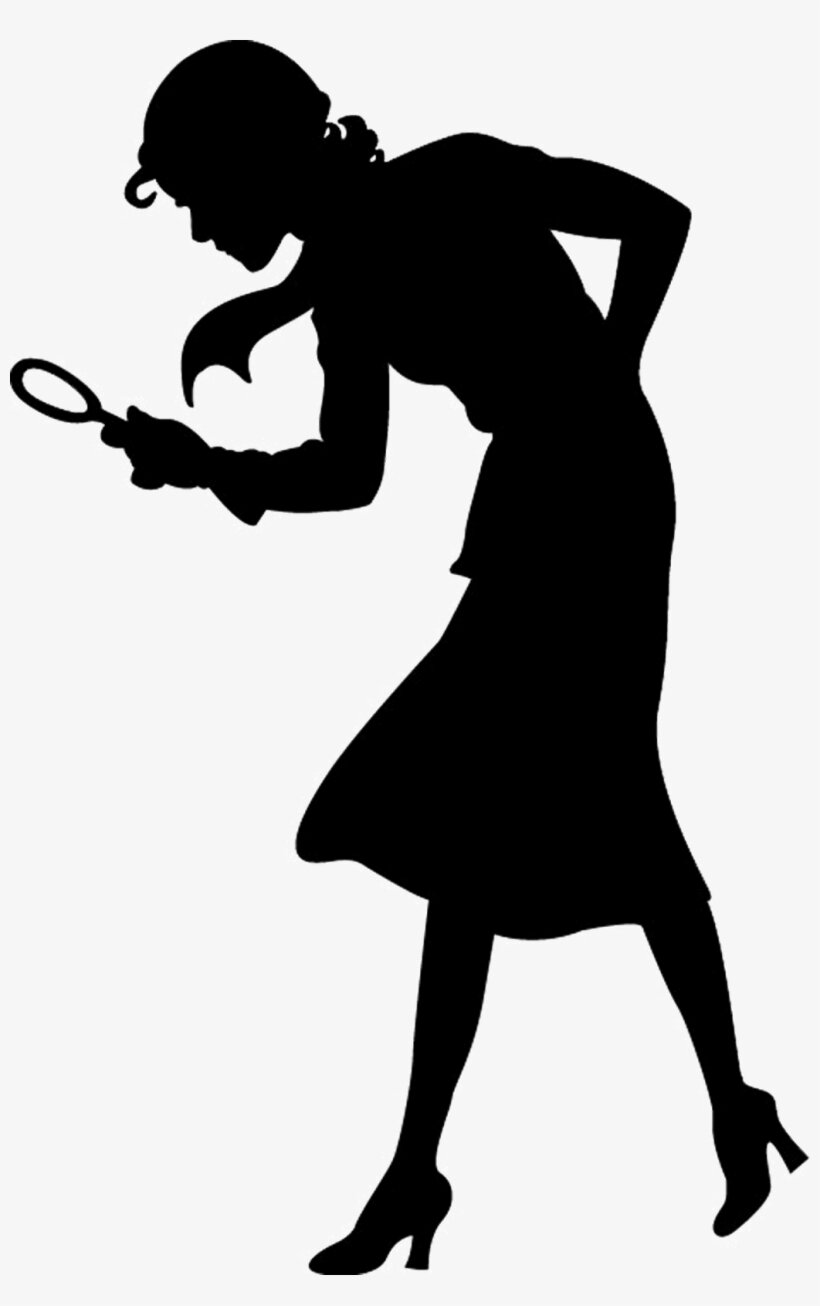The Queen of Comfort Reads: Mary Stewart
/When the world gets you down (which seems to be fairly often these days) may I recommend a nice, warm helping of Mary Stewart? Stewart had a long and prolific career, stretching from the fifties through the nineties. Though she wrote a number of Arthurian fantasy novels, it is her body of romantic suspense novels for which she is best known, and probably best loved, starting with Madam, Will You Talk? in 1955 through Rose Cottage in 1997.
Stewart’s heroines are smart, adventurous, brave, and occasionally sassy. Reading these novels as a young girl, I found myself wishing to be one of these independent young women, finding adventures—and love—in the wilds of Scotland or on a sunny Greek isle. Several years ago, I searched out first editions of Stewart’s romantic suspense novels through the seventies, the same library editions I’d read and loved. And while they are not in perfection condition, this little collection is one of my most prized possessions.
I cannot say exactly what it is about these books that brings me such pleasure—the evocative settings, the sense of being transported to another time and place, the often tender and bittersweet love stories at their centers? I just know that on a rough day, I need a little of Mary’s “rough magic.”
What about you, friends? Which books get you through difficult times?
(For a deeper dive into all things Stewart, check out this wonderful blog, Mary Queen of Plots.)

















